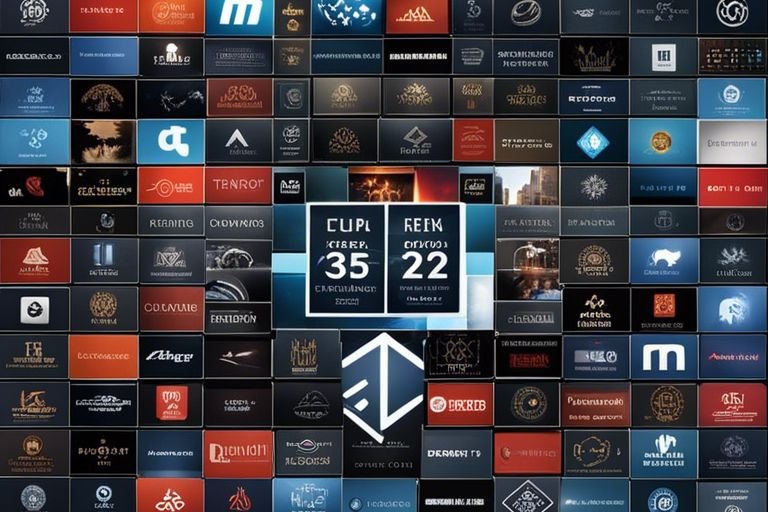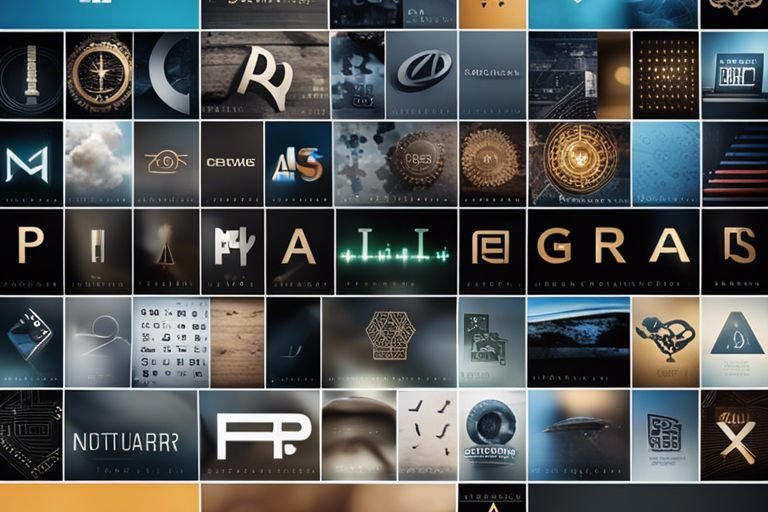Libraries are the building blocks of modern deep learning, giving scientists and engineers the tools they need to push the boundaries of AI. In a rapidly evolving field like deep learning, staying current with the most powerful tools is vital. Whether you are into research, developing cutting-edge applications, or just want to learn, knowing the top deep learning libraries is necessary. Dive into this comprehensive guide to explore the most important, dangerous, and positive aspects of deep learning libraries that will elevate your understanding of AI. For more in-depth information on Python libraries for deep learning, check out 10 Best Python Libraries for Deep Learning.
Key Takeaways:
- PyTorch is a popular deep learning library known for its flexibility and dynamic computation graph, making it a favorite among researchers and academics.
- TensorFlow is widely used in both research and production environments, with strong community support and extensive documentation, making it a solid choice for deep learning projects of any scale.
- Keras is a high-level deep learning library that is user-friendly and allows for easy prototyping of neural networks, making it ideal for beginners and those looking to quickly build and test models.
The Framework of Neurons: TensorFlow
The Genesis: Google’s Gift to Deep Learning
There’s no denying the impact of TensorFlow on the field of deep learning. Google‘s open-source library has revolutionized the way we approach and implement neural networks. With its roots in Google Brain’s DistBelief, TensorFlow offers a flexible and efficient framework that has become the go-to choice for both research and production projects.
TensorFlow Mechanics: Operations and Graphs
Operations in TensorFlow represent the nodes in a computational graph, where each node performs a specific mathematical operation. These operations are crucial building blocks for defining complex neural networks, allowing for efficient computation and optimization. The flexibility and scalability of TensorFlow’s operation mechanics make it a powerful tool for designing and training deep learning models.
The Torch of AI: PyTorch
The Flame Ignites: PyTorch’s Origin
While many deep learning libraries exist in artificial intelligence, PyTorch stands out as a powerful tool for researchers and developers. Developed by Facebook’s AI Research lab (FAIR) in 2016, PyTorch quickly gained popularity for its dynamic computation graph and seamless model deployment capabilities.
Neural Networks and Autograd: PyTorch’s Core
An important aspect of PyTorch is its deep integration with neural networks and automatic differentiation, known as Autograd. This feature allows developers to define and train neural networks with ease, as PyTorch automatically computes gradients for tensor operations. In addition, the PyTorch library provides a plethora of pre-built layers and modules to expedite model development.

The Theoretical Underpinnings: Theano
The Origins and Legacy of Theano
Once again, delving into deep learning libraries, we come across Theano, a library with a rich history and a profound impact on the field. Theano was developed by the Montreal Institute for Learning Algorithms (MILA) at the University of Montreal and released in 2007. Its legacy lies in its foundational role in shaping the evolution of deep learning frameworks and serving as a precursor to many modern libraries.
Symbolic Computations and Graph Optimizations
On the surface, Theano may appear as just another deep learning library, but its true power lies in its approach to symbolic computations and graph optimizations. It allows users to define, optimize, and evaluate mathematical expressions involving multi-dimensional arrays efficiently. It leverages symbolic differentiation to automatically build and optimize computation graphs, resulting in faster computation and better performance.

The Oasis of Simplicity: Keras
High-Level Abstractions and Model Building
HighLevel Deep Learning enthusiasts, the Keras library serves as an oasis of simplicity in the complex landscape of deep learning frameworks. With its intuitive and user-friendly API, Keras allows developers to quickly prototype and build neural networks with minimal code. The high-level abstractions provided by Keras enable users to focus on the design and structure of their models, rather than getting bogged down in intricate implementation details. This approach accelerates the model-building process and empowers researchers and developers to iterate rapidly on their ideas.
Integration with TensorFlow and Theano
An integration with TensorFlow and Theano gives Keras the edge when it comes to performance and flexibility. By leveraging the computational power of these backend engines, Keras is able to achieve highly optimized and efficient execution of deep learning models. This seamless integration also allows users to take advantage of the cutting-edge features and advancements in TensorFlow and Theano, while benefiting from the streamlined and user-friendly interface of the Keras library.
Navigating the Synaptic Web: Caffe
The Decoction of Convolutional Networks
Despite the myriad deep learning libraries available, one that stands out is Caffe. Known for its speed and modularity, Caffe is particularly efficient in handling convolutional neural networks.
Modularity and Speed in Deep Learning
To probe into the complexities of Caffe, it’s crucial to understand its modularity and speed. Caffe’s architecture allows for rapid implementation and testing of convolutional neural networks, making it a favorite among deep learning practitioners.
For instance, the modular nature of Caffe enables users to easily swap different layers within a neural network, allowing for quick experimentation and optimization. The speed at which Caffe processes data is unparalleled, making it a powerful tool for training complex models efficiently.
To wrap up
In navigating the vast sea of deep learning libraries, it is crucial to equip oneself with the knowledge of the top libraries imperative for staying at the forefront of AI advancements. Just as the intricate web of life reveals itself through the lens of science, these libraries serve as the building blocks for creating powerful and innovative deep learning models. By familiarizing yourself with TensorFlow, PyTorch, Keras, and Theano, you lay the foundation for unlocking the potential of neural networks and making groundbreaking discoveries in the field of artificial intelligence. Recall, knowledge is power, and with the right tools in hand, you have the ability to push the boundaries of what is possible in deep learning.
FAQ
Q: What are deep learning libraries?
A: Deep learning libraries are software frameworks designed to expedite the development of deep neural networks and machine learning models. They provide pre-written code for common deep learning tasks, such as building and training neural networks, making it easier for researchers and developers to create advanced AI applications.
Q: Why is it important to use deep learning libraries?
A: Deep learning libraries offer a wide range of benefits, including faster prototyping of AI models, efficient computation using GPUs and TPUs, access to pre-trained models for transfer learning, and a supportive community for troubleshooting and sharing ideas. By leveraging these libraries, developers can streamline the process of building and deploying sophisticated deep learning solutions.
Q: What are some popular deep learning libraries?
A: Some of the top deep learning libraries that you need to know include TensorFlow, PyTorch, Keras, MXNet, and Caffe. These libraries are widely used in the AI community due to their flexibility, scalability, and performance capabilities. Whether you are working on computer vision, natural language processing, or reinforcement learning, these libraries provide the tools and resources you need to succeed in the field of deep learning.







